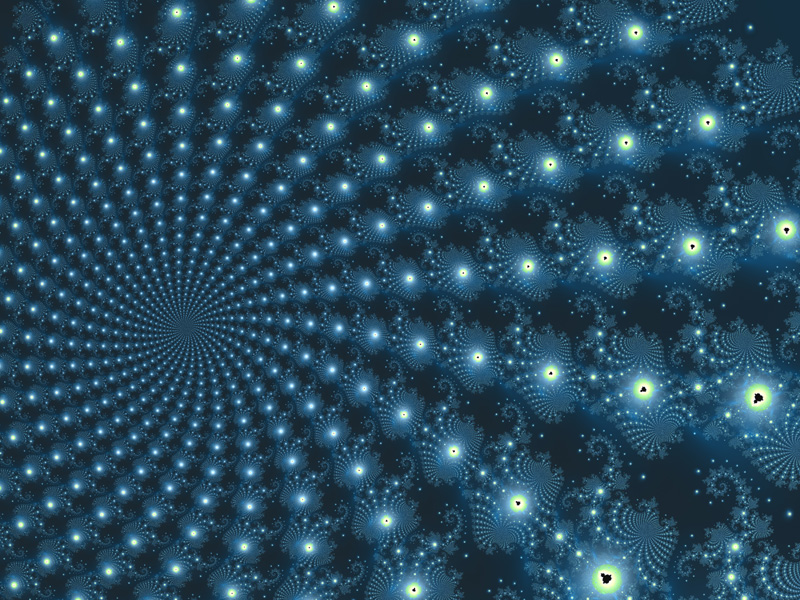I know today is a day reserved for sugar and scary things but I came across these amazing images of the sun today by a very talented photographer named Alan Friedman. Because he titled this print “Not the Great Pumpkin” I think it’s just fine to blog about on Halloween. What impresses me the most is that while we are accustomed to seeing such detailed images of objects outside our atmosphere from high powered arrays and telescopes like Hubble, this image was taken through the haze of our atmosphere by a smart and talented man in New York State on comparably tiny telescope. Discover Magazine describes how it was done here.




